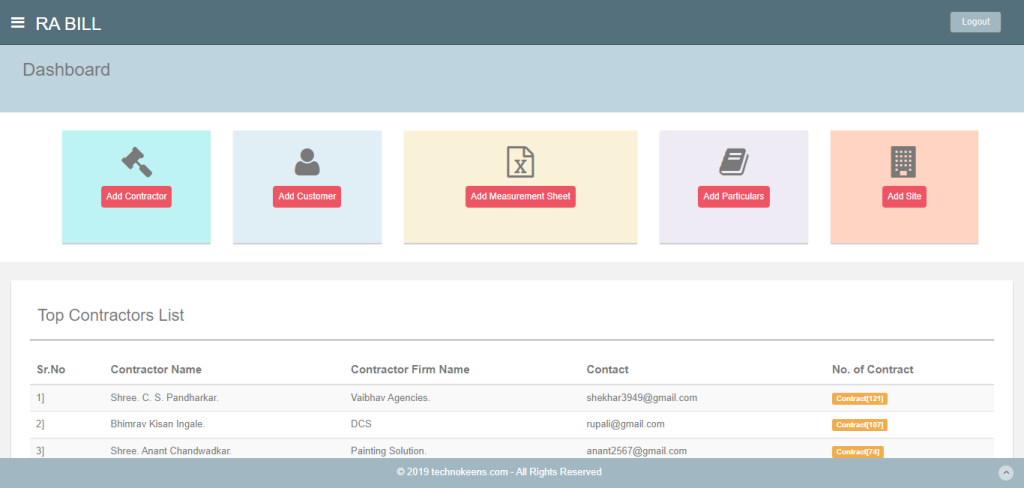SaaS Implementation
Technokeens: Implementing SaaS for Flexible Business Solutions
Software as a Service (SaaS) Implementation refers to the process of adopting and integrating cloud-based applications into a business’s operations. SaaS products are accessed online rather than being installed on individual computers, offering a flexible and often cost-effective solution for businesses.
Overview
Seamless SaaS Integration: Selecting, Planning, and Configuring for Business Success
The implementation process begins with the careful selection of the most suitable Software-as-a-Service (SaaS) product that perfectly aligns with the unique needs and objectives of the business.
The range of options to consider is extensive, spanning from customer relationship management (CRM) systems and project management tools to accounting software and beyond. It is crucial to choose a SaaS product that not only fulfills the current requirements but also has the capability to scale and adapt to future growth and expansion. In order to effectively proceed with the implementation, the planning and preparation phase comes into play. This phase entails setting up the necessary infrastructure for the chosen SaaS product, which includes ensuring uninterrupted internet connectivity and implementing robust user access controls to safeguard sensitive data. Additionally, meticulous planning is required if there is a need to migrate existing data from the previous system to the new SaaS product.
Once these preliminary stages are completed, the implementation phase commences. This phase involves tailoring and configuring the selected SaaS product to perfectly fit the specific needs and workflow of the business. It encompasses various tasks such as customizing the user interface to enhance user experience, setting up efficient workflows to streamline processes, and integrating the SaaS product seamlessly with other existing systems and software for enhanced functionality and productivity. Furthermore, providing comprehensive training is a pivotal aspect of this phase, ensuring that all employees are well-equipped and proficient in utilizing the new system effectively.
This training not only covers technical aspects but also emphasizes the importance of understanding the benefits and features of the SaaS product in order to maximize its potential and derive optimal results for the business.
Industries

Ensuring Data Security in SaaS Implementation: Compliance and Protection Measures -
When it comes to implementing Software as a Service (SaaS), one cannot underestimate the importance of data security and compliance. Given that data is stored off-premises, it becomes imperative to thoroughly grasp the security measures that the SaaS provider has implemented and ascertain their adherence to industry and legal standards. By doing so, organizations can rest assured that their sensitive information is being safeguarded effectively and in line with the necessary regulations.
Impact
Optimizing Performance: Continuous Monitoring and Maintenance in SaaS Implementation
Post-implementation, continuous monitoring and maintenance are necessary to ensure the SaaS product performs optimally. This includes regular updates, managing user access, and troubleshooting any issues that arise.

Related Case Studies
Take a look at
these related case studies

Renovation System Pro
Introducing a comprehensive project management and financial solution for the renovation industry, designed to streamline resource management, predict uncertainties with AI-driven anomaly detection, and facilitate financing through credibility analysis and fintech collaboration, complemented by a simplified and transparent bidding platform for project and property owners

House Owner Management System
Explore the challenges faced by property owners like Mr. Johnson who juggle the complexities of managing a portfolio of rental properties, and society owners struggling with the demands of overseeing community operations, as they both seek efficient systems to streamline task management, communication, and organizational responsibilities.

E-Painter

E-Tender

ASBD All Star Backdrop

Student Management System

E-Commerce Grocery Store

Investment Advisory Service

Taxi Booking App

Estimate Generator And Management Portal
Government employees, specifically junior engineers, are responsible for creating and managing estimates in an Excel sheet. This process involves using specific formulas for calculations. However, due to the large amount of data and records, searching, deleting, and updating records is a lengthy and time-consuming task.

Student Management System

